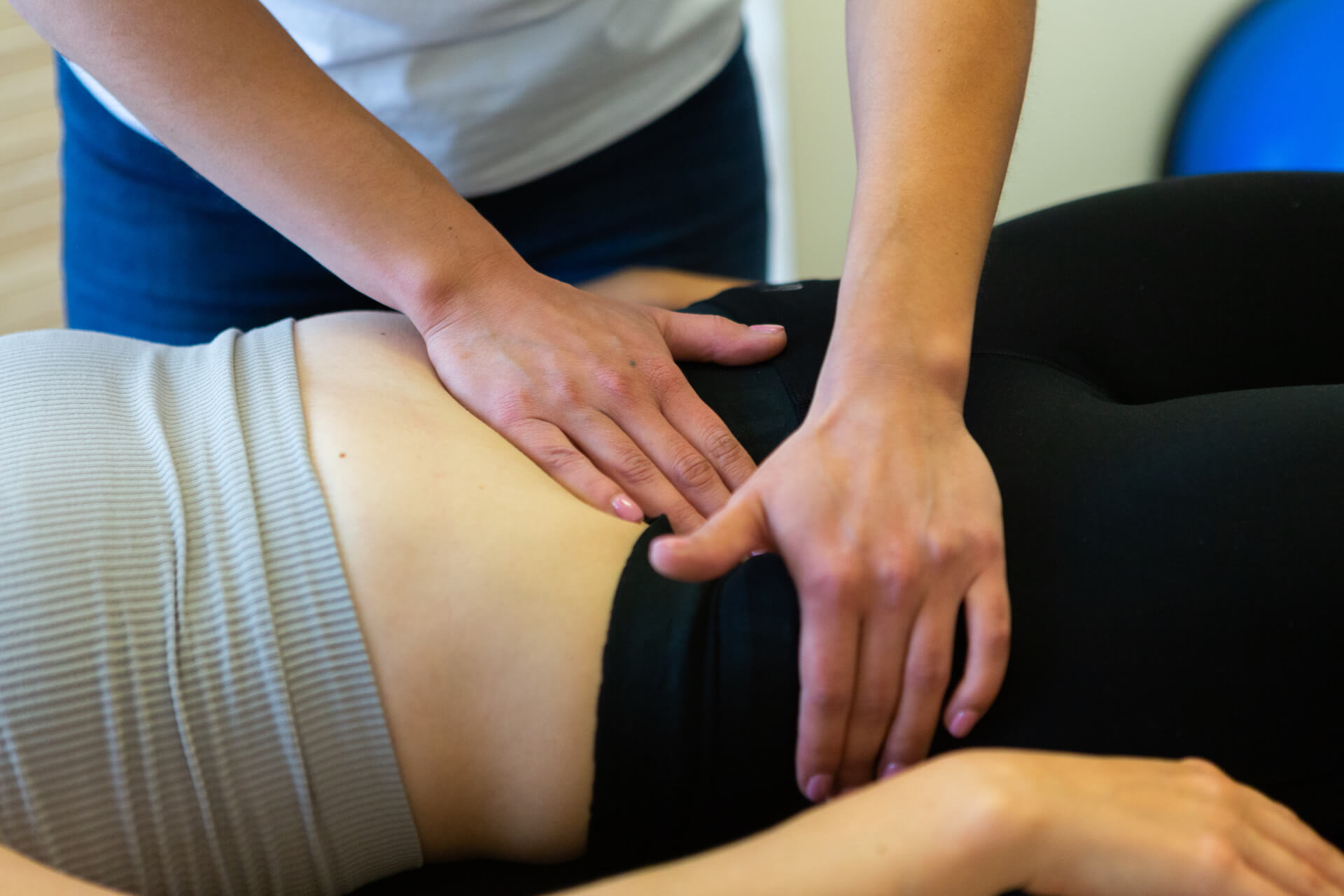
Vulvodynia
Is a type of chronic pain or discomfort around the outer part of the female genitals, called the vulva.
If you have symptoms of vulvodynia, don’t let embarrassment stop you from talking with your gynecologist or another healthcare professional. Treatments can ease your discomfort.
Symptoms
The main vulvodynia symptom is pain in the vulva, which includes the opening of the vagina.
The pain might include:
- Burning and irritation
- Soreness
- Sharp or knife-like pain
- Swelling
- Inability or discomfort while having sex or pelvic examination due to vaginal muscle spasms and/or pain
- Painful intercourse
- Uncomfortable sitting for a long time
It is very personal, how often and where the symptoms happen exactly. Your pain may be constant, or it may come and go.
If you feel the pain throughout your entire vulva, it is called generalized vulvodynia.
If your pain flare up in a certain area, such as the tissue surrounding the opening of the vagina, it is known as localized vulvodynia, usually it is the most common.
The tissue of the vulva might look slightly inflamed or swollen. More often, your vulva doesn’t look different than usual.
What causes Vulvodynia?
Not clear yet. Some factors may include:
- Hormons – the vestibule is very sensitive to hormones like estrogen, where imbalances can result in irritation.
- Musculoskeletal components – overeactive pelvic floor muscles, and other biomechanical factors that can influence pain.
- Inflammatory conditions
- Infections – bacterial vaginosis or sexual transmitted diseases.
- Nerve entrapment – irritation to the nerves supplying the vulva e.g. pudendal nerve.
- In relation to a medical procedure – e.g. postoperative pain, cancer treatment, hormone therapy, trauma associated with childbirth or genital mutilation.
Osteopathy and vulvodynia – How do we treat it?
Firstly, any infections or inflammatory conditions need to be identified and managed.
Osteopathic treatment uses a combination of techniques including internal pelvic floor myofascial release (with consent), this can help to decompress the main nerve (pudendal) that supplies and refers pain to the vulva and help relieve tension in the overactive pelvic floor muscles. Externally, there is body work on fascia leading to the vulva and the muscles, nerves and joints that influence this area.
As vulvodynia is a chronic pain condition and with this comes a nervous system that is over-stimulated, part of the treatment is focused on helping to calm the nervous system down using gentle osteopathic techniques such as cranio-sacral therapy and also we make sure that the right pelvic floor exercises are implemented in the daily routine.
We also give advice on lifestyle, breathing patterns and mindfulness.
What to do?
- Train body awareness, mind and body connection
- Lower stress
- Exercise in a right way
- Right diet to lower inflammation
- Right supplementation
- Right hygiene of sleep
- Seek help from a psychologist
- Seek help from an OSTEOPATH who is ALSO performing internal vaginal techniques
In OsteoMedica our osteopaths Aleksandra Zegalski and Deborah Tassi perform pelvic floor evaluation and internal gynecological techniques.


